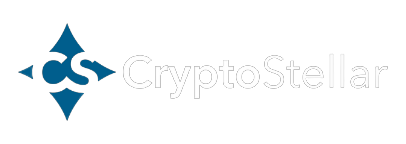
A bug in an older model of crypto lending protocol Aave is obstructing customers from interacting with Wrapped Ether (WETH), Tether (USDT), Wrapped Bitcoin (WBTC) or Wrapped Matic (WMATIC) swimming pools on Aave V2 Polygon, stopping property from being withdrawn from them, in keeping with a Might 19 proposal that makes an attempt to fix the bug by means of a patch. The proposal says that customers are at present unable to “provide extra of these property, borrow, repay, or withdraw.”
Though withdrawals are at present unimaginable, the workforce acknowledged that funds are “completely secure,” because the bug could be fastened after a governance vote.
.@AaveAave the newest improve of ReserveInterestRateStrategy in Aave V2 (Polygon) has brought about a short lived halt of the protocol, impacting property price ~$110M!
The basis trigger is the brand new ReserveInterestRateStrategy is barely appropriate with Ethereum, not appropriate with Polygon. https://t.co/kg5696QNPo pic.twitter.com/Ze3zSBS8Ck— BlockSec (@BlockSecTeam) May 19, 2023
The bug solely impacts Aave V2 on Polygon. AaveV3, which is the newest model, stays unaffected, as does V2 deployments to Ethereum or Avalanche.
The damaged code arose due to a Might 16 rate of interest curve patch applied to all deployments of V2. The Polygon implementation of V2 makes use of a barely completely different checklist of operate definitions (known as an “interface”) for its fee technique contracts compared with the Ethereum and Avalanche implementations. However the rate of interest curve modifications didn’t take note of this distinction, inflicting the bug to develop solely within the Polygon deployment.
The brand new proposal asks Aave’s governing physique, Aave DAO, to approve code modifications to solely the Polygon model to repair the patch. Voting is scheduled to start on Might 20, and can proceed till Might 23, the proposal acknowledged.
Associated: Aave DAO votes for ‘rescue plan’ to save lost tokens
Aave is most well-known for its flash mortgage function that enables customers to borrow crypto, make trades, and pay again the loans inside the identical block with out requiring collateral. It started on Ethereum, however has been increasing into different networks over the previous few years. On April 17, Aave governance voted to deploy the protocol on zkSync Era, a layer 2 of Ethereum that makes use of zero-knowledge proof expertise. On Might 8, Aave V3 deployed to the Metis network, which can also be a layer 2 of Ethereum.

